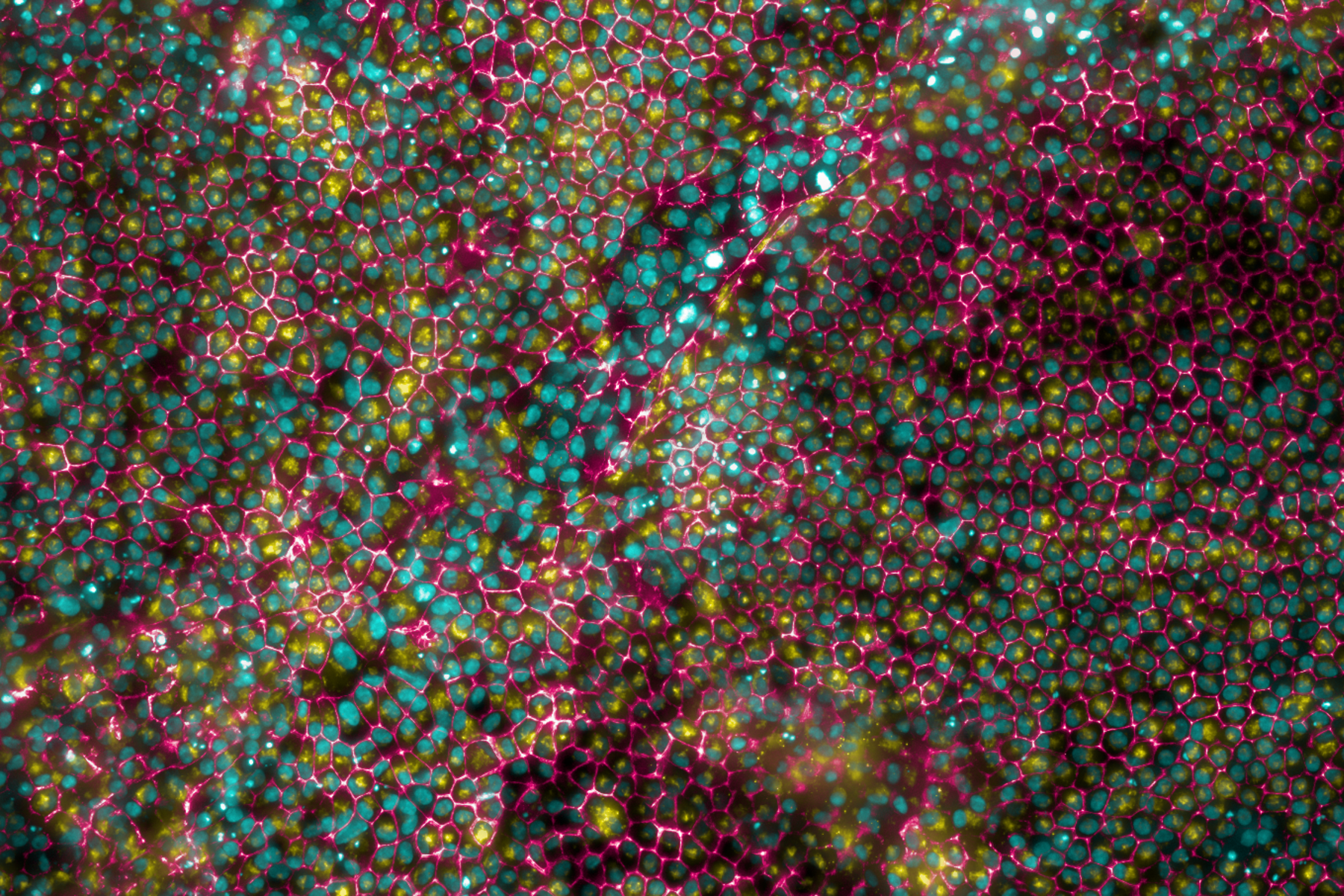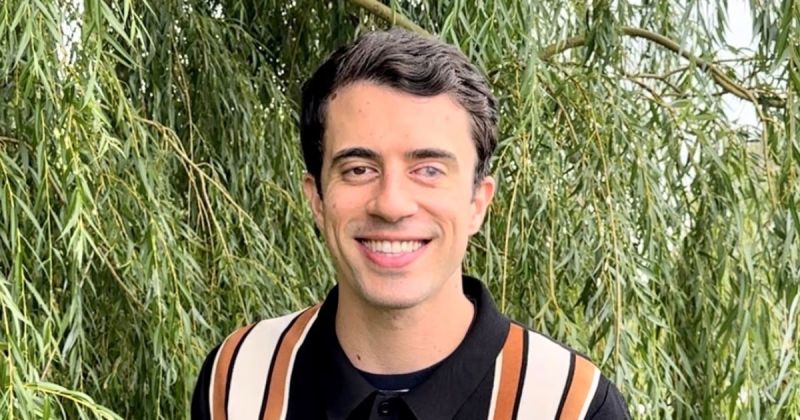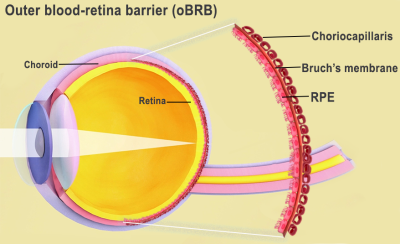Seeing a brighter future! Highly interesting article. Using stem modeling with #IPSCs, researchers at the #UniversityofMelbourne developed genetic roadmaps for two causes of irreversible #blindness – Primary Open-Angle Glaucoma #POAG and age-related macular degeneration #AMD. For Professor Alice Pébay and associates, it was a decade-long painstaking quest as cellular reprograming was doubted for diseases associated with #aging. It was previously believed that modeling of complex diseases-where multiple genetic factors & environmental influences might play roles was unclear and controversial. Stem cell derivatives remain “young” in the dish, so it was argued that these IPSC’s couldn’t model diseases associated with aging. However, the team hypothesized that cell derivatives obtained from each patient stem cells – #retinalganglion cells for #glaucoma and retinal pigment #epithelium for AMD – would show specific “disease signatures” when compared to healthy derivatives. EUREKA- they did it! Here is what they said: “Over the past 10 years, we relentlessly collected skin biopsies kindly contributed to our research by hundreds of individuals – with POAG or AMD and healthy controls. We generated iPSCs from them, established reliable protocols of differentiation of these cells into our cells of interest, and optimized powerful and reliable methods of assessments of molecular signatures. We believed those could be observed by transcriptomics analysis, which is when we precisely look at the gene regulation in each sample, using single cell #RNA sequencing and followed by complex computational biology analysis.”
– Bernard Siegel
Using stem cell modelling, researchers have developed genetic roadmaps for two of the world’s leading causes of irreversible blindness
By Professor Alice Pébay and Harriet Edmund, University of Melbourne
Distorted or blurred sight, black or dark spots and potential loss of vision – these are symptoms of primary open-angle glaucoma (POAG) and age-related macular degeneration (AMD), which are predicted to globally affect more than 110 million people and 288 million people respectively by 2040.
There are no cures and no current definitive treatments for both POAG and for the dry form of AMD – it is simply a matter of trying to preserve people’s vision for as long as possible.

Primary open-angle glaucoma and age-related macular degeneration are growing problems globally. Picture: Getty Images
The exact pathogenic mechanisms – that is, the disease pathways – aren’t well understood, despite intense international research efforts. This has been largely due to our lack of suitable experimental models, making the task of identifying and testing treatments significantly more difficult.
Having access to pathologically-relevant models of human optic nerve or retinal degeneration is crucial for understanding, screening and developing accurate treatment strategies that prevent or slow progression of these blinding diseases.
Human induced pluripotent stem cells (iPSCs) are a powerful tool to investigate these types of conditions.





